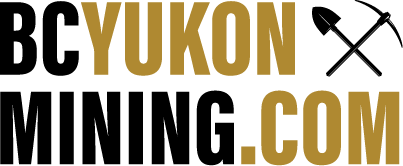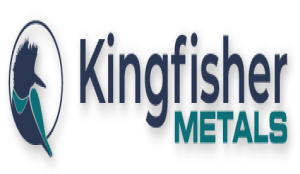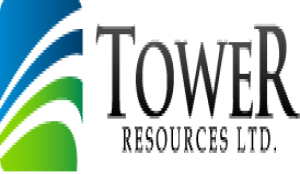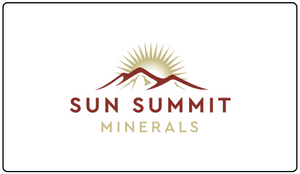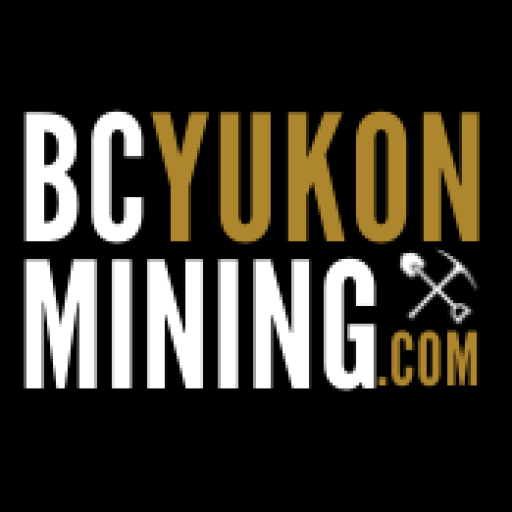| Vancouver, B.C., September 29, 2021. Kutcho Copper Corp. (TSXV: KC, OTCQX: KCCFF) (“Kutcho Copper” or the “Company”) is pleased to announce positive results from recent bulk sample test work aimed at determining the effectiveness of utilizing ore sorting technology to improve the processed grade and reducing the mill feed tonnage of mineral resources at the high grade Kutcho Copper Zinc Project (“Project”). Highlights: By utilizing an x-ray transmission (XRT) sensor, 16% of low grade and waste material reporting to an ore sorter can be removed from the feed, resulting in a 13% overall reduction of run-of-mine (“ROM”) material reporting to the milling and flotation circuit; Metal recovery (copper, zinc, silver and gold) from the material reporting to the ore sorter in the order of 99%; Reduction in milling and flotation operating costs directly related to the 13% reduction in feed; An increase in head grade to the mill, commensurate with the rejection of the waste material, would also result; Environmental and cost savings resulting in a reduced carbon footprint by the requirement for a smaller tailings management facility along with lower power and water demand; ABH Engineering Inc. (“ABH”) and TOMRA Sorting Mining (Hamburg, Germany) (“Tomra”) were commissioned to undertake test work to establish the amenability of Kutcho’s Main and Esso deposits to ore sorting using an XRT sensor. Two phases of test work, including a representative ¾ tonne bulk sample derived from drill core, were undertaken at TOMRA Sorting Mining under the supervision of ABH Engineering (Vancouver, Canada). The ore sorting process helps concentrate the metals of commercial interest from the Kutcho deposit, which are principally associated with high density sulphide minerals. Rocks are individually scanned, and low grade (low density) waste material is selectively diverted away from downstream processing using compressed air jets. Preliminary test work on the sensitivity of the ore to a XRF sensor was also undertaken. The bulk sample tests conducted on a production-scale XRT ore sorter indicate that approximately 17% of the ROM material will be <12.5 mm in size and would therefore bypass the ore sorter and report directly to the milling and flotation circuit. Of the >12.5mm feed, approximately 15% of the material reporting to the ore sorter was detected by the XRT sensors as being low grade or waste and will be rejected by the ore sorter, thereby reducing ROM material reporting to the milling and flotation circuit by 13%. The overall recovery of metal (copper, zinc, silver and gold) reporting to the ore sorter is in the order of 99% (i.e. less than 1% of the metals of interest will be rejected by the ore sorter). Pre-sorting of the ROM material by the ore sorter has the potential to reduce milling and flotation operating costs corresponding with the 13% rejection of low-grade material. The commensurate increase in the head grade of the ore reporting to the flotation circuit has the potential to also result in improved metallurgical recoveries in the flotation circuit. Additionally, it is anticipated that potential savings in capital and operating costs related to the smaller milling and flotation circuit will offset the costs associated with the ore sorter. Savings will also be achieved by a reduction in the size of the tailings management facility. The optimally sized ore sorter reject waste material could be utilized as cemented rock backfill in the underground mines at both the Main and Esso deposits, resulting in further potential cost savings. Environmental benefits accruing to the Project as a result of the introduction of ore sorting technology include a lower power and water demand, and a smaller tailings management facility. About TOMRA Sorting Mining TOMRA Sorting Mining designs and manufactures sensor-based sorting technologies for the global mineral processing and mining industries. As the world market leader in sensor-based ore sorting, TOMRA is responsible for developing and engineering cutting-edge technology made to withstand harsh mining environments. TOMRA maintains its rigorous focus on quality and future-oriented thinking with technology tailor-made for mining. TOMRA’s XRT technology recognizes and separates material based on its specific atomic density. It uses a cutting-edge X-Ray camera with DUOLINE® sensor technology to measure spectral absorption information. TOMRA’s proprietary high-speed X-Ray processing unit uses the data to produce a detailed “density image” of the material. The result is a higher level of purity in the ore sorter product, irrespective of particle size, moisture content or surface coatings. About ABH Engineering Inc. ABH has managed 60 ore sorting projects ranging from scoping and feasibility studies to detailed design, construction and commissioning. Past projects include polymetallic VMS deposits similar to Kutcho. Their team is led by Mr. Brent Hilscher P.Eng., Vice President of ABH, who is a member of the Association of Engineers and Geoscientists of British Columbia (EGBC) and supported by senior support staff with significant experience in downstream processes. Qualified Persons The technical or scientific information in this press release has been reviewed and approved by Mr. Garth Kirkham, P.Geo., Technical Advisor for Kutcho Copper Corp., who serves as a Qualified Person under the definition of NI 43-101. |
| About Kutcho Copper Corp. Kutcho Copper Corp. is a Canadian resource development company focused on expanding and developing the Kutcho high grade copper-zinc project in northern British Columbia. Committed to social responsibility and the highest environmental standards, the Company is progressing the Kutcho Project through feasibility and permitting with the objective of getting to a positive construction decision. Vince Sorace President & CEO, Kutcho Copper Corp. For further information regarding Kutcho Copper Corp., please email info@kutcho.ca or visit our website at www.kutcho.ca. |
